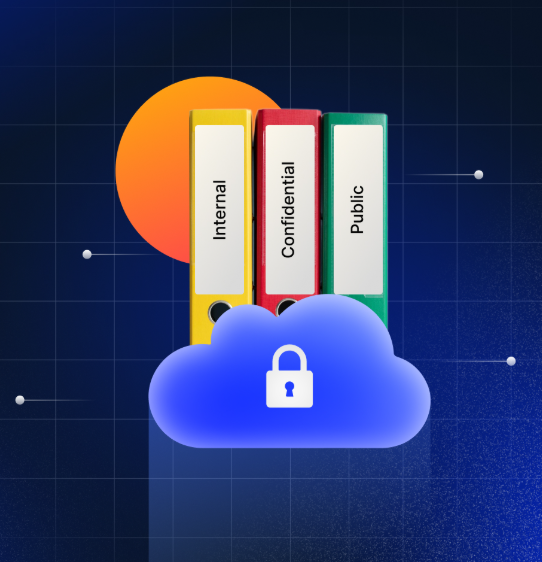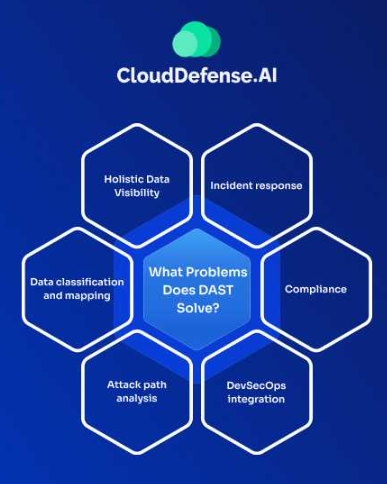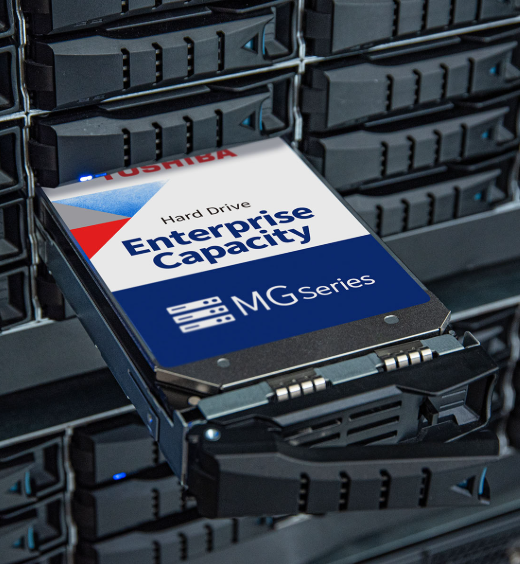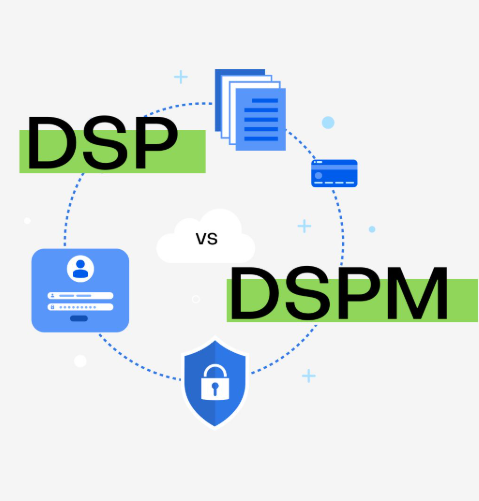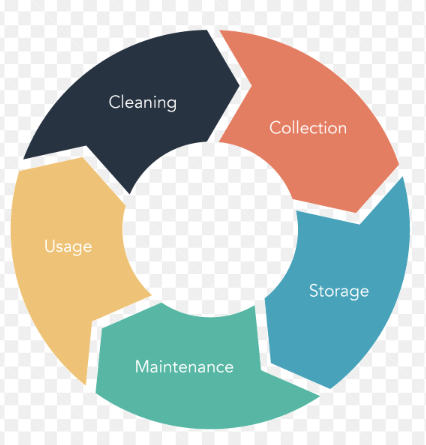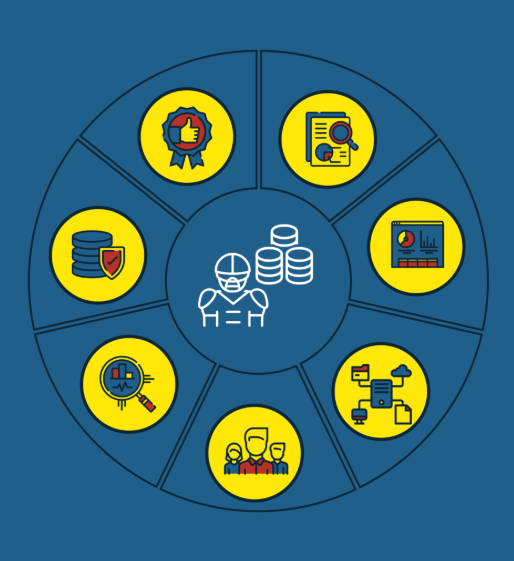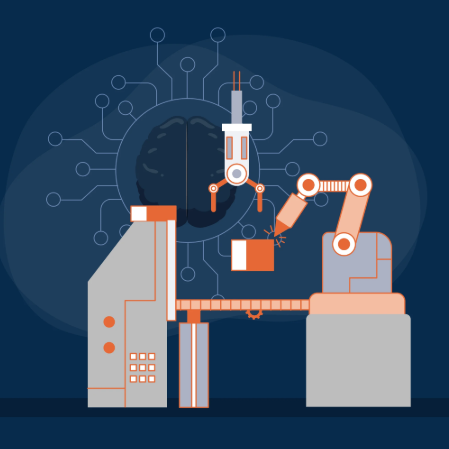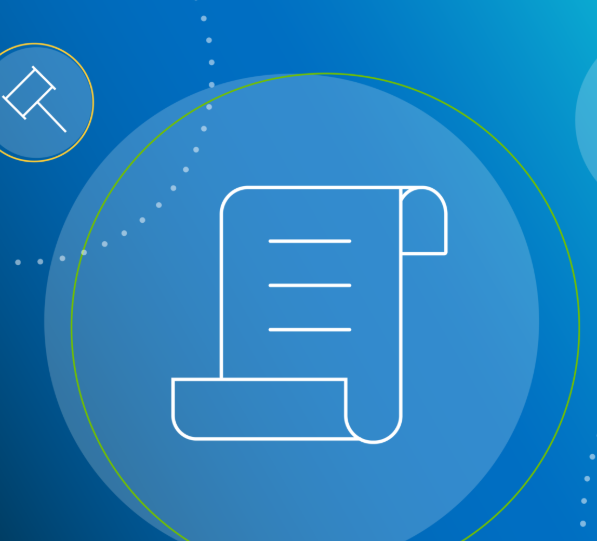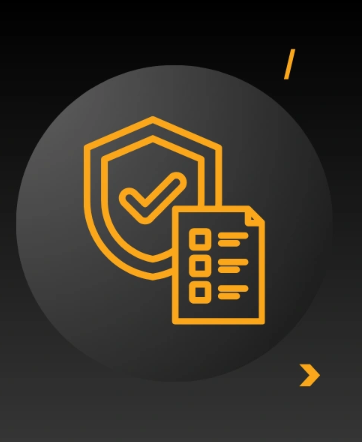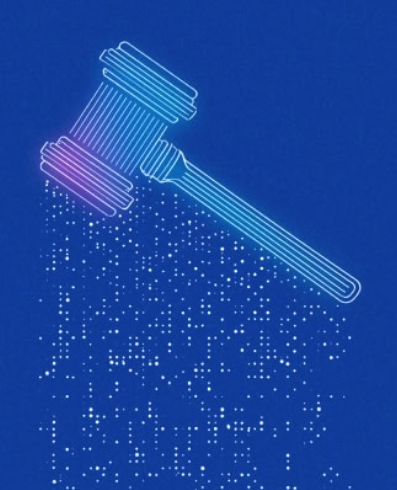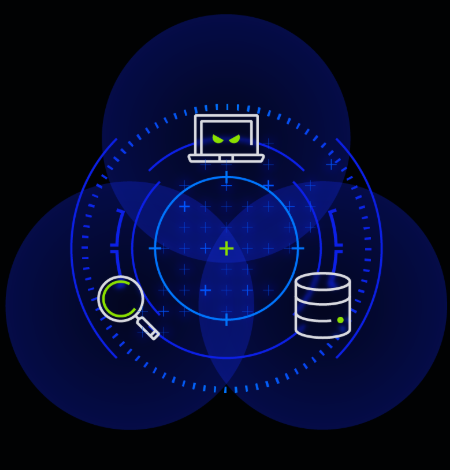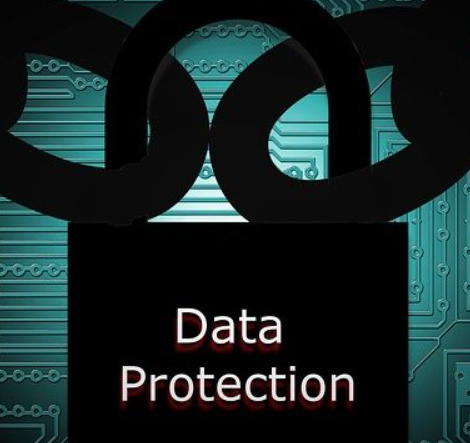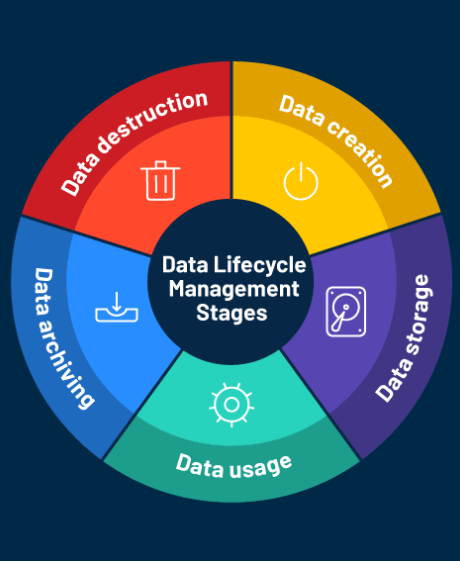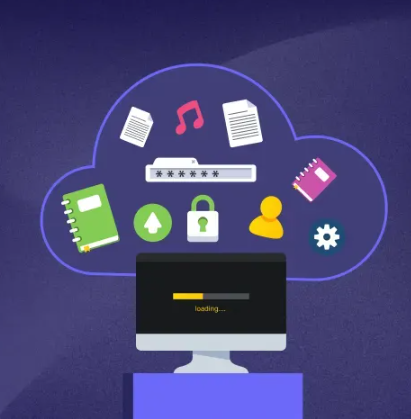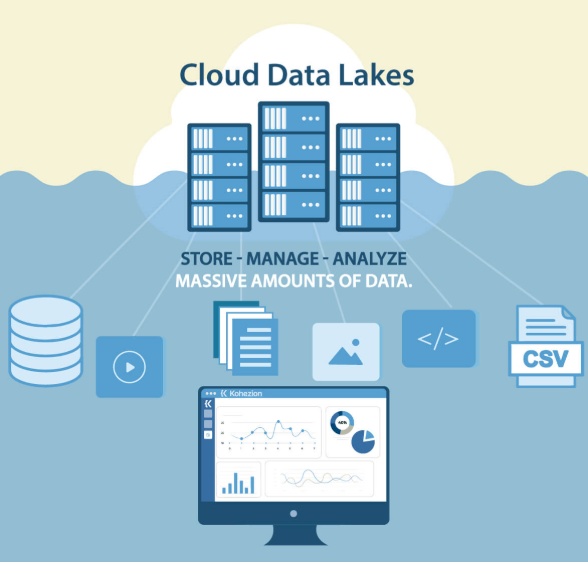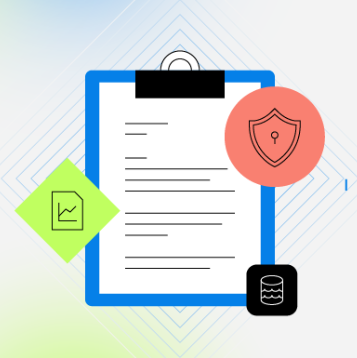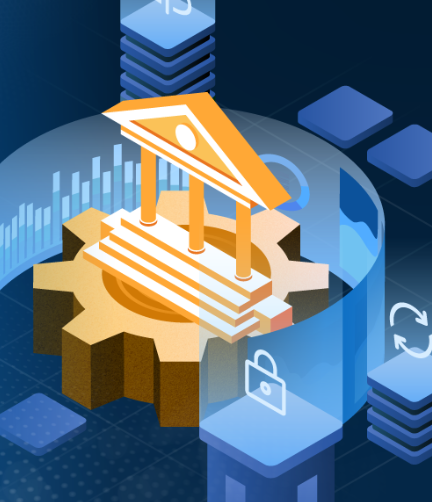
Managing legacy data is an ongoing challenge for many businesses. As companies evolve, they accumulate data in outdated systems and formats that may no longer serve a direct purpose but still hold valuable insights. Proper management of legacy data is essential for regulatory compliance, protecting business continuity, and leveraging historical information to make strategic decisions. In this post, we’ll explore the best practices for handling legacy data and why it’s important to have a solid strategy in place.
What Exactly is Legacy Data?
Legacy data refers to information that a business has collected over time but no longer actively uses in daily operations. It could be data from systems that have been retired, files in outdated formats, or data from platforms that have since been replaced or upgraded. Despite not being in active use, legacy data can still be highly valuable—it can provide crucial historical insights, assist with regulatory compliance, and offer strategic guidance for decision-making.
However, managing this data can be tricky, as it often comes with challenges related to data compatibility, security, accessibility, and storage. Developing a comprehensive legacy data management strategy is therefore crucial to overcoming these issues.
Why Legacy Data Management is Critical
Proper management of legacy data is essential for several reasons. First, it ensures that valuable information is available when needed, whether for audits or historical analysis. Second, managing legacy data effectively reduces the risk of data loss or corruption, both of which can have serious repercussions for a business. By keeping historical data well-organized, businesses can gain insights into trends and patterns that can inform future strategies.
Additionally, legacy data management supports regulatory compliance, as many industries have strict requirements for data retention. Well-maintained data systems also improve operational efficiency, removing outdated or irrelevant data from active systems and freeing up space and resources. Investing in legacy data management isn’t just a best practice—it’s vital for long-term business success.
Best Practices for Managing Legacy Data
Managing legacy data may seem daunting, but by following a few key strategies, businesses can effectively navigate this challenge. Here are some practical tips for optimizing your legacy data management process.
Data Conversion
One of the first steps in managing legacy data is converting it into a format that can be used by modern systems. This often involves transforming outdated or obsolete data into a standardized format that is accessible and compatible with current technologies. The conversion process can include tasks such as data cleansing, deduplication, and validation to ensure that the data is accurate and relevant.
During conversion, it’s important to maintain data integrity. This means ensuring that no valuable information is lost or altered. Using professional data conversion tools or services can help manage large-scale projects and provide the expertise needed to ensure the process is completed efficiently.
Archiving Data
Archiving involves moving data that is no longer actively used but is still valuable, to long-term storage. This practice frees up space on primary systems while ensuring that data remains secure and accessible for future needs. Proper archiving requires maintaining a detailed catalog of the stored data, including information about its origin, content, and storage location. This catalog will make it easier to retrieve the data when needed.
Archiving also requires regular data backups and periodic checks to ensure the data’s integrity over time. Additionally, businesses must adhere to data retention policies and regulations specific to their industry to ensure compliance.
Data Migration
Migrating legacy data from old systems to newer, more efficient ones is another crucial step. Data migration involves transferring information without compromising its quality or functionality. This process requires thorough planning, including defining which data will be migrated, how it will be formatted, and where it will be transferred.
Before migration, businesses must clean and prepare the data, ensuring it is accurate and in a compatible format. Reliable, automated tools should be used to minimize errors and prevent data loss. After migration, businesses should thoroughly test the data in the new system to ensure it functions correctly.
Data Cleaning
Data cleaning is an integral part of managing legacy data. It involves identifying and correcting errors, inconsistencies, and inaccuracies in your data, such as duplicates or incorrect formats. Data cleaning is essential for improving the quality and reliability of the data, ensuring that it can be used for analysis and decision-making.
There are several software tools available that offer automated data cleaning features, making this process faster and more accurate. Using these tools can reduce the manual effort required and minimize the risk of human error.
Getting Started with Legacy Data Management
Starting a legacy data management initiative might feel overwhelming, but with the right approach, it becomes more manageable. It’s important to develop a clear roadmap that includes auditing, cleaning, converting, migrating, and archiving your data. Select the appropriate tools and technologies that fit your business needs and complement your existing systems.
Additionally, a solid governance framework is essential to ensure that standardized processes are followed and that best practices are maintained. Legacy data management isn’t a one-time task but an ongoing process that evolves alongside your business and the technological landscape. By regularly updating your strategies, you can ensure that your legacy data continues to provide value for years to come.




